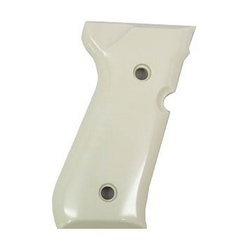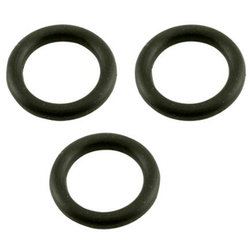Common Pistol Grip Installation MistakesCommon Mistakes When Installing a Pistol GripYou just got your new pistol grip in the mail and you’re excited to get out to the shooting range and test it out. Installation can be either quick and painless or frustrating depending on how familiar you are with installation, so we’ve put together a list of common pitfalls we’ve seen when customers are installing their grips. Never Overtighten the ScrewsIt can be tempting to tighten down the grip’s screws as much as possible to keep the grip in place, but we recommend exercising caution here. Overtightening your grip’s screws can potentially crack or damage the grip itself, not to mention make it difficult to swap out the grip in the future. It can also damage the firearm’s pre-drilled holes. Clean Your Gun FirstA clean gun means a firm, concise fit for your new grip and smoother operation. This is important for any gun, but we especially recommend removing any excess tung or cleaning/lubricating oils before installing a G-10 or Micarta grip. Cleaning oils and solvents can ruin or damage a G-10 or Micarta grip because those styles are made from paper fibers. Oil gets into those fibers and breaks them down, causing the grip to fall apart. Consider O-Rings as a BarrierIf needed, O-rings make a bushing or soft barrier between a grip and your firearm’s frame. This helps prevent the grip from riding the frame and also helps retain screws should something come loose and shift out of place. If you go this route, we recommend pushing your screws through the O-ring before tightening them down so as not to pinch or break the O-ring. It’s worth noting that longer grip screws probably won’t need O-rings. 

Just a few extra considerations before installing your new pistol grip can help you enjoy hours of use while preserving the durability and performance of your grip. If you have any questions or concerns about a particular grip and how best to install it, don’t hesitate to give us a call! |